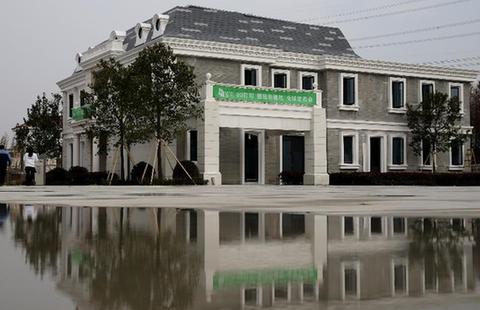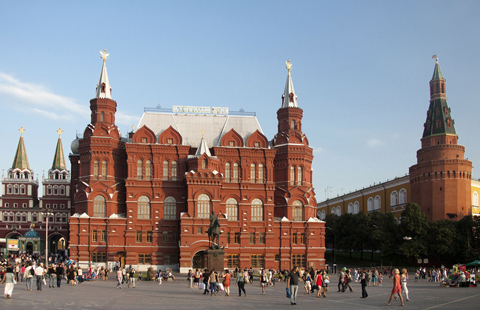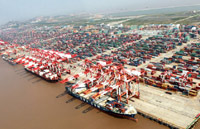Growth rises by 7.4 percent in 2014
By CHEN JIA (China Daily) Updated: 2015-01-21 11:37Figure slightly below the government target, but GDP exceeds $10 trillion for first time
China's economy grew by 7.4 percent in 2014, in line with market expectations and registering the weakest expansion in 24 years, the National Bureau of Statistics said on Tuesday.
The figure was slightly below the government target of about 7.5 percent for the year.
Authorities are striving to put the economy on a more sustainable path while tackling a housing slowdown, softening domestic demand and weak global recovery.
But GDP exceeded $10 trillion for the first time last year, with a contribution of 48.2 percent, or 30.7 trillion yuan ($4.9 trillion), from the service sector, the bureau said.
This sector was the largest GDP contributor for the second consecutive year, with the proportion increasing from 46.9 percent in 2013.
"Economic structural rebalancing is progressing steadily," said Ma Jiantang, director of the statistics bureau.
Adjustment of the economy is expected to release growth potential to offset a persistent slowdown in industry due to excess capacity. A relatively high growth rate will be maintained in 2015, Ma said.
Policy fine-tuning is possible in the future to stabilize growth, he added.
The statistics bureau said the 7.4 percent year-on-year GDP growth, down from 7.7 percent in 2013, saw a contribution of 51.2 percent from spending on consumption, up from 48.2 percent in 2013.
Industrial production growth slowed to 8.3 percent from 9.7 percent in 2013, while fixed-asset investment rose by 15.7 percent year-on-year, down from 19.6 percent, the slowest rate in 13 years.
Zhu Haibin, chief China economist at JPMorgan Chase & Co, said, "The economic slowdown is expected and desirable, as it is driven mainly by a slowdown in fixed investment, especially in real estate and manufacturing investment, which face oversupply problems.
"Service-sector expansion was stable, the unemployment rate remained under control, household income surpassed economic growth, and income inequality started to narrow," Zhu said.
"These are important features in China's 'new normal' process, or economic rebalancing."
Andrew Colquhoun, head of Asia-Pacific sovereign ratings at Fitch Ratings, said, "The composition and drivers of growth matter even more than the headline rate, and China's growth remains riskily reliant on the expansion of credit."
He said the country will probably quicken structural reform to create a form of growth and jobs.
"The onus is on structural reform to break the economy out of the trade-off between leverage and unemployment," Colquhoun added.
The International Monetary Fund predicted on Tuesday that China's GDP growth may slow to 6.8 percent this year.
It said, "The authorities are now expected to put greater weight on reducing vulnerabilities from recent rapid credit and investment growth. Hence, the forecast assumes less of a policy response to the underlying moderation."
The IMF said earlier that China's economy contributed 27.8 percent-the most to global growth in 2014, compared with 15.3 percent from the United States.
"Slower growth in China will also have important regional effects, which partly explains the downward revisions to growth in much of emerging Asia," the organization said.
A reassessment of prospects in China and other major emerging economies saw the IMF cut the global growth forecast for 2015 to 3.5 percent, down from 3.8 percent earlier.
Louis Kuijs, chief economist in China at Royal Bank of Scotland, said policy support will be needed to achieve GDP growth of close to 7 percent in 2015.
"Infrastructure investment will remain a focus this year, although we have seen improvement in the service sector despite the implementation of the new local government debt framework posing downside risks," he said.
- All-New Ford Mustang debuts in China
- Li Ka-shing buys UK train company Eversholt
- New sponsor Nike sparks national football team revival
- New RMB bonds total 11t yuan in 2014
- Current constraints won't deter China from achieving prosperity
- A new normal Chinese economy still ballast for world
- China's first Internet bank opens amid cloudy regulations
- Alibaba, Tencent in race to be China's one-stop online shop

















